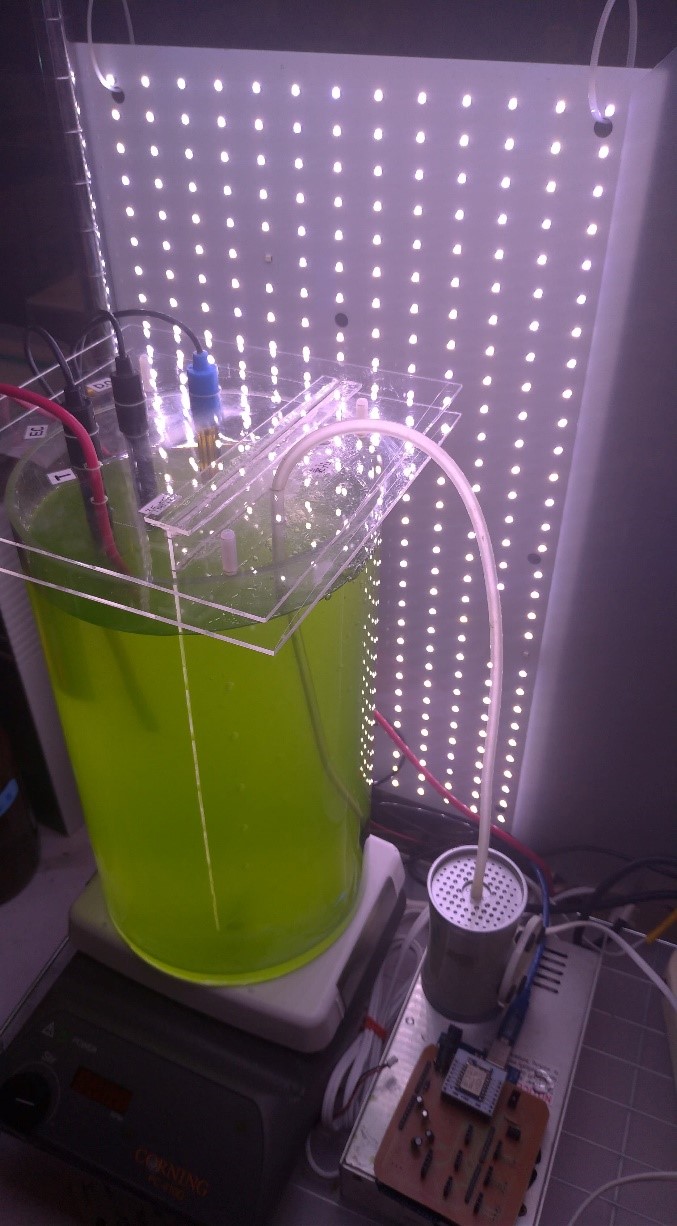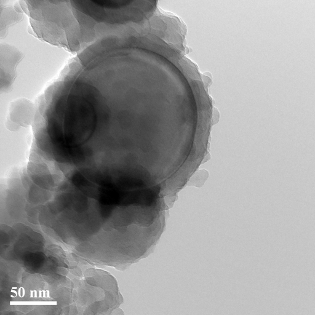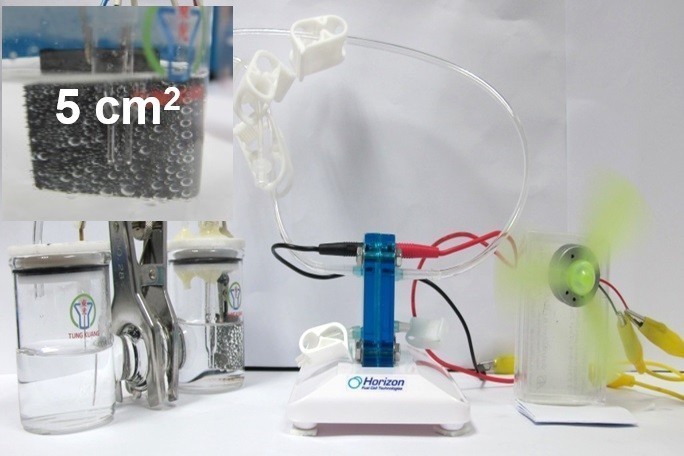| Technical Name | High Efficiency on Fixation of CO2 and Synthesis of Carboxylic acids and Epoxy Derivatives via Transition-Metal Catalysis | ||
|---|---|---|---|
| Project Operator | National Tsing Hua University | ||
| Summary | Iron- and nickel-catalyzed synthesis of vinylic acids and acrylic acids from alkynes, Grignard reagents and fixation of CO2 was developed. This methodology features good to excellent yield, high regioselectivity, and broad functional group tolerance. |
||
| Scientific Breakthrough | 1. An iron-catalyzed hygromagnesiation of alkynes with Grignard reagents and fixation of CO2 for the synthesis of vinylic acids was demonstrated. This methodology features good to excellent yield, high regioselectivity, and broad functional group tolerance. On the basis of literature report, the products diarylvinylic acids are bioactive. One of anticancer drugs, HIF-1, can also be synthesized through this methodology efficiently. |
||
| Industrial Applicability | 材料科技、環境化學。1.提供2種反應條件溫和之金屬催化合成多取代丙烯酸化合物之方法,產物可進一步應用於藥物之研發與高分子之合成。 |
||
other people also saw







